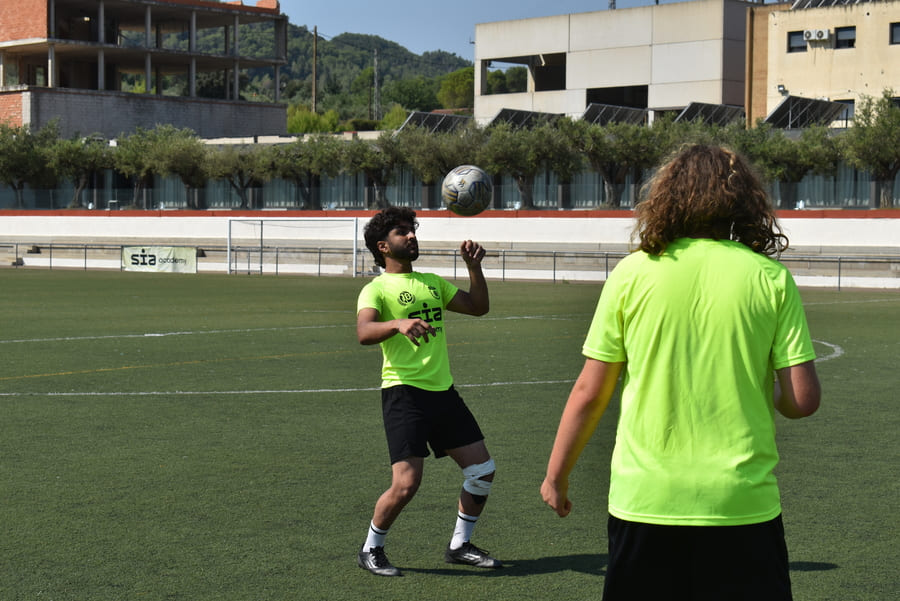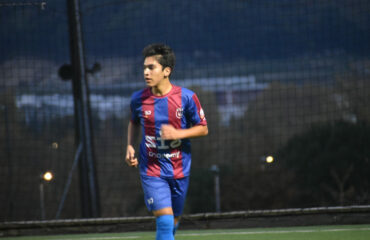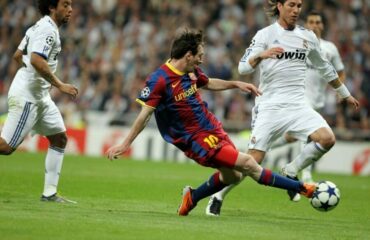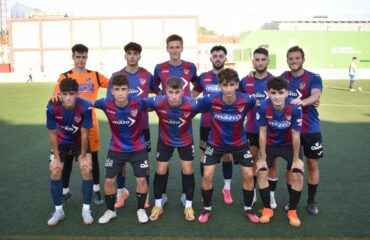The preseason is a decisive moment in any footballer’s calendar. In those initial weeks, the physical, technical, and mental foundations that will define the entire season are built. But not all players arrive in the same condition: some carry previous injuries that affect their ability to handle training loads and friendly matches. In these cases, planning must be adapted precisely. At SIA Academy an integral model is applied that combines prevention, reconditioning, and personalization.
Table of contents
Importance of individualization
The most common mistake is applying the same physical plan to the whole group at preseason. For players with muscular, joint, or ligament injuries, a generic approach can increase the risk of relapse. Individualization means designing a specific plan based on medical history and each player’s physical profile.
At SIA Academy, this principle is deeply embedded. As Ximo, the academy’s fitness coach, explains: “We cannot treat a player coming back from a muscle tear the same way we treat one who finished the season in perfect condition. The key is to personalize, listening to the body and to the data provided by technology.”
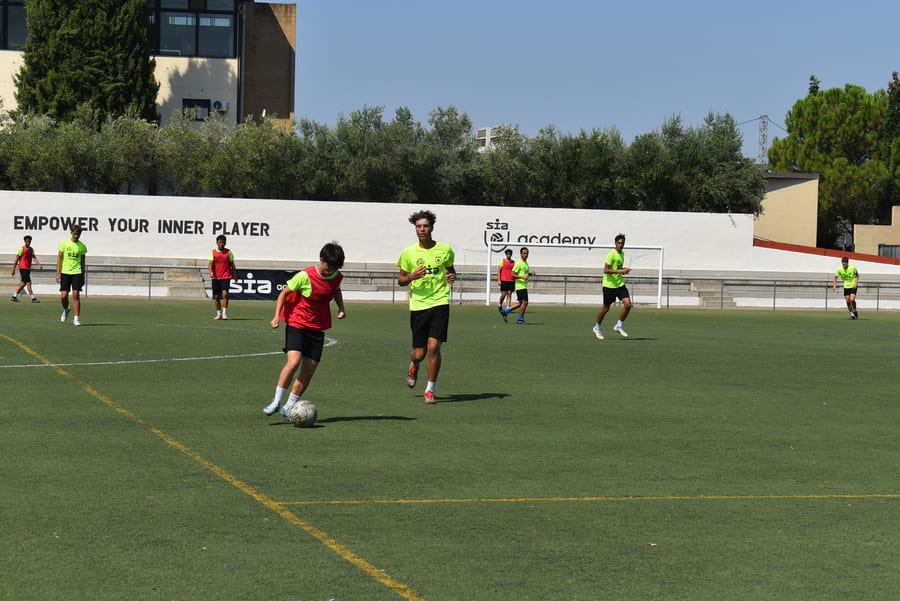
Prevention as part of training
Reconditioning work is not only about recovery, but also about prevention. Modern football demands strength, mobility, and stability, and players with a history of injuries need special routines to reduce risks. These include:
- Strength exercises focused on the affected area.
- Proprioception and motor control work.
- Progressive field sessions.
- Regular check-ups and evaluations.
At SIA Academy, physiotherapists, reconditioning specialists, and fitness coaches work together, ensuring constant monitoring that covers all dimensions of the player.
Progressive and controlled workload at preseason
Managing workload is crucial at preseason. A player with no history of injury can follow a standard progression, while one returning from an injury requires a much slower rhythm. This means not exposing them immediately to full matches or maximum intensity sessions.
Ximo puts it clearly: “It’s better for a player with a previous injury to take two extra weeks to reach one hundred percent than to come back early and relapse. Adaptation time is part of long-term success.” The academy’s philosophy prioritizes sustainable performance and safety over immediate results.
Psychological and group integration
An often-overlooked factor is the psychological side. Injured players may feel isolated from the team and fear a new setback. At SIA Academy, the goal is for them to remain engaged in team dynamics, with adjusted loads but without being excluded from tactical drills or group sessions. This maintains confidence, cohesion, and belonging.
Mental support is essential: overcoming the fear of injury is as important as physical recovery itself. For this reason, the staff supports players with clear communication, objective data, and a process designed to protect them.
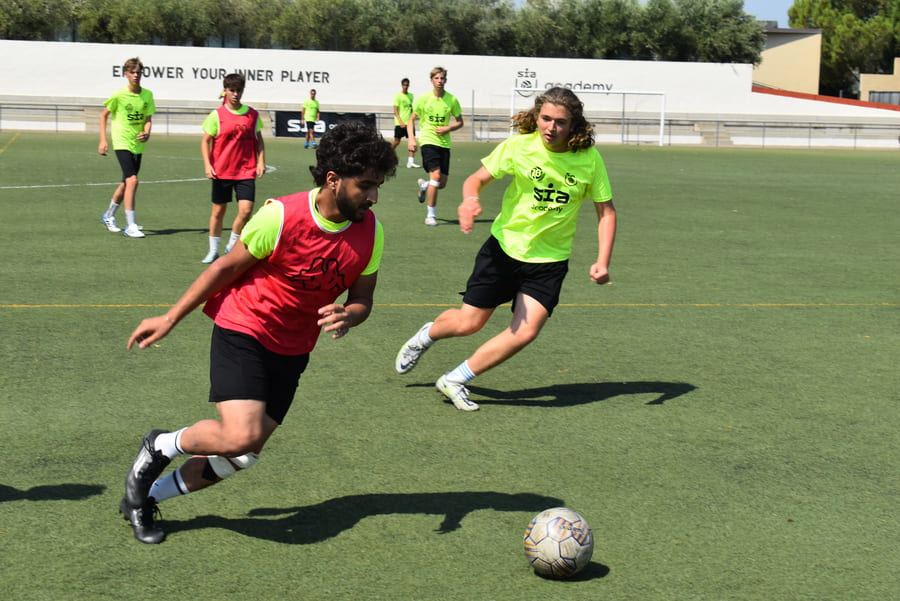
Technology as an ally
One of SIA Academy’s strongest assets is technology applied to performance. With GPS, force platforms, and monitoring systems, the staff can measure the real workload of each player. This allows them to adjust training in real time and reduce risks.
A data-based approach replaces improvisation, offering precise and transparent monitoring. As a result, players feel safer and more confident in their recovery.
A model for all levels
Although it may sound exclusive to elite academies, adapting preseason for players with previous injuries is applicable at any level: from youth teams to professionals. The difference lies not only in having advanced technology, but also in the staff’s mindset: adapt, prevent, and support.
Adapting preseason to players with previous injuries is an investment in the medium and long term. It is an approach that protects athletes, optimizes their performance, and favors consistency in competition. At SIA Academy, the combination of expertise, individualized methodology, and technological support enables players to turn their physical background into an opportunity to grow.
In the words of their fitness coach: “Every player is a world of their own, and in preseason we must provide the tools for that world to work without limits.”



